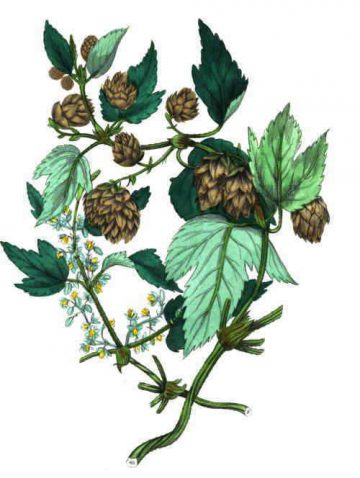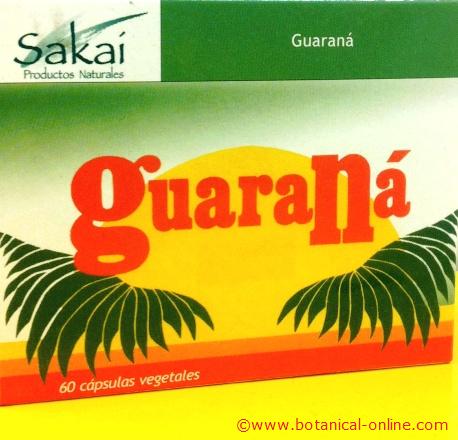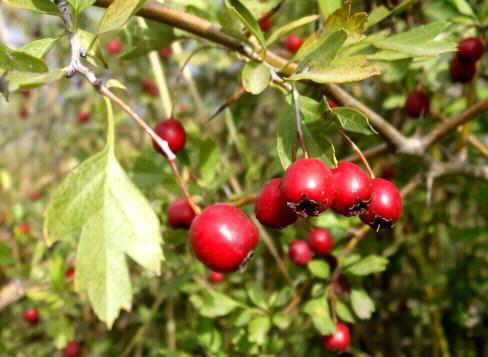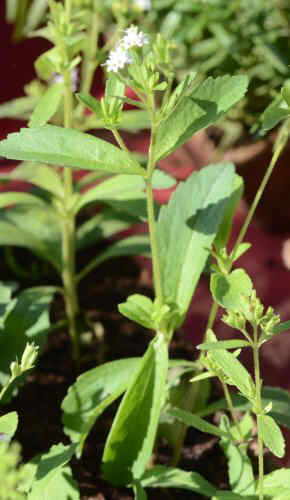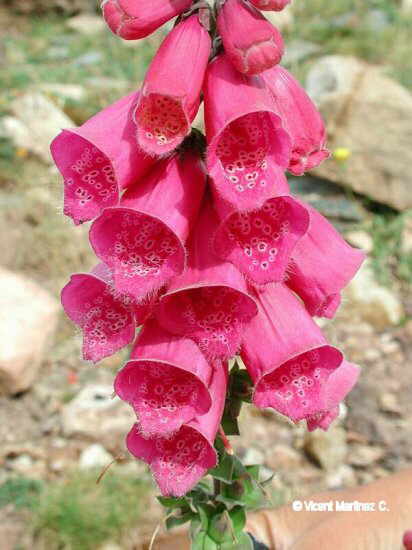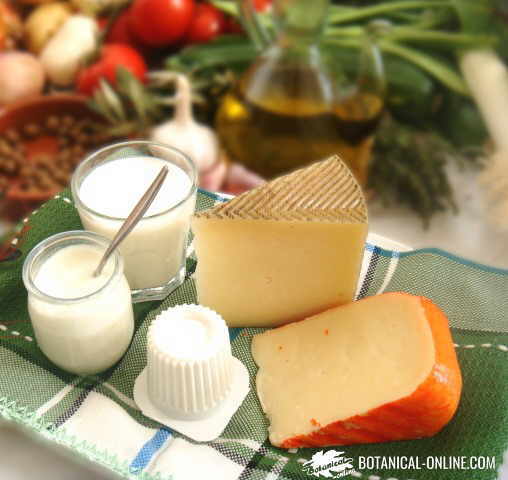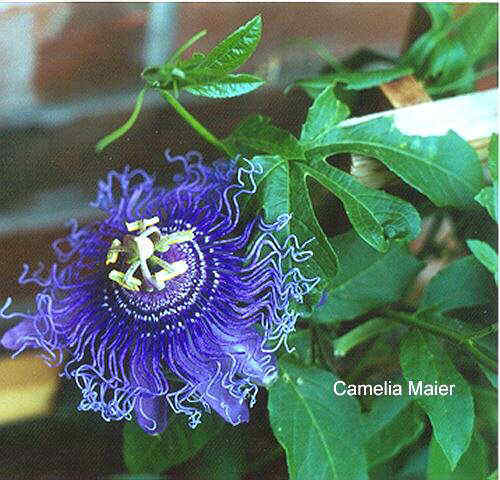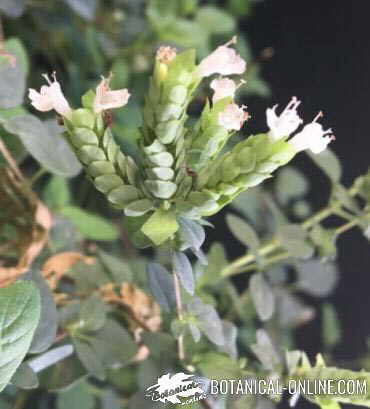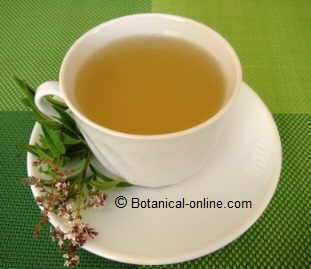Contents [show]
What is a hop plant?
Characteristics of hop (Humulus lupulus)
Common English Name: Common hop, hop (Name of the plant); hops (name of the female flowers, sometimes used a substitute name of the whole plant)
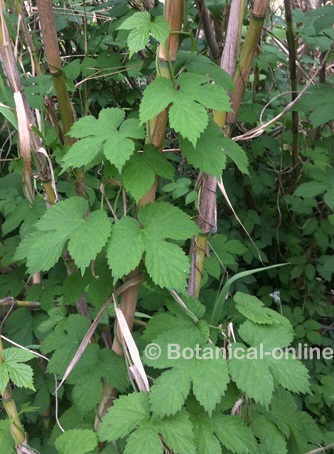
Scientific name: Humulus lupulus L.
*See: Hop in other languages
Family: Cannabaceae
Habitat. Where to find hop plants?
Natural wet and cold areas of Europe, where it can be found in the wild in hedges, weeds and forest boundaries or along rivers. Imported to other parts of the world for the production of beer, it can appear naturalized, being quite abundant in China and the United States.
Description of hop
Dioecious perennial plant of the Cannabaceae family up to 8 m. tall.
Annual twining stems that twine in any possible hold.
Leaves dark green palmate – divided, provided with 3-5 toothed lobes.
Male and female flowers on different plants. The first are yellow-green and are gathered in panicles, the female, gathered in catkins, are light green. Female flowers of hop are called hops
Hop components

A drawing of the plant with different flowers on separated plants: male (yellow panicles) and female(light green catkins) Acids: ascorbic acid, gamma aminobutyric acid, gamma linolenic acid , neochlorogenic, p coumaric (fruit) caffeic, chlorogenic, ferulic, hupulínico, isovaleric (ground) oleanolic, ursolic (stem)
- Eugenol rich essential acid, humulene, limonene, farnesene, betafarnesen and myrcene (Fruit)
- Bitter principles: lupulin, humulene, hupulone (Fruit)
- Carbohydrates: Fructose and sucrose (Fruits) Pectin (Fruit)
- Flavonoids: quercetin, Kamferol, (Fruits) Rutin (fruit and especially leaves)
- Asparagine(stem)
- Stigmasterol
- Isoxantuhumol
- Xanthohumaol
- Tannins (root and stems)
- Amino acids: lysine, proline, valine, phenylalanine, serine, isoleucine and asparagine (fruit)
- Minerals: aluminum, cobalt, calcium, magnesium, manganese, phosphorus, potassium, selenium, silicon, sodium and zinc.(Fruits)
- Vitamins: riboflavin (vitamin B2), Thiamine (vitamin B1) and vitamin C (fruit).
![]() More information on hop
More information on hop

